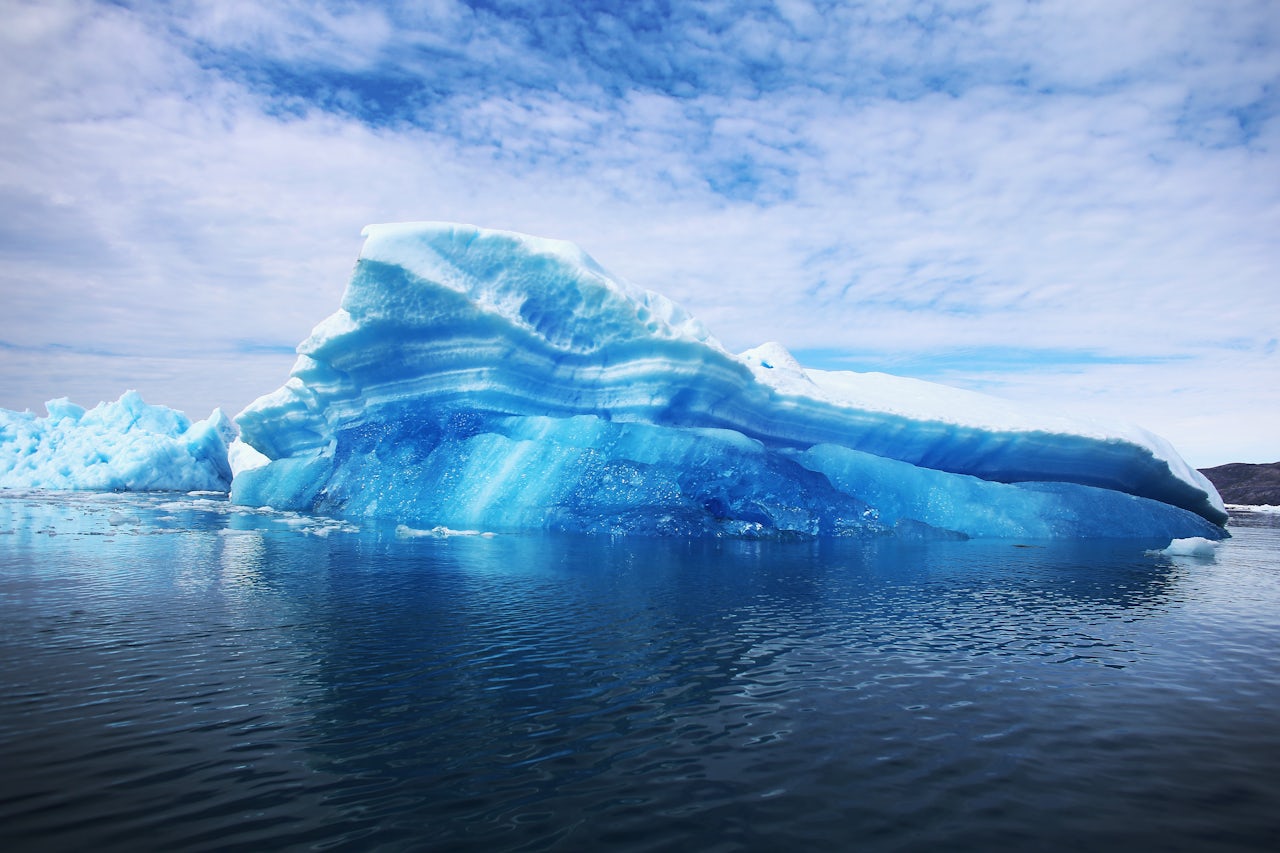The United Arab Emirates (UAE) is home almost 9.3 million people who live on land with almost no water, and climate change is depleting what little freshwater remains. So, what’s the plan? Spending $50 to $120 million to tow freshwater icebergs from Antarctica 6,000 miles north to the UAE, so it can be used for drinking water, agriculture and wastewater management.
According to reporting by the Khaleej Times, the UAE’s primary English-language newspaper, starting in late 2019, Abu Dhabi-based private company National Advisor Bureau Limited (NABL) plans on first hauling icebergs between 2,900 and 3,300 miles—to either Perth, Australia or Cape Town, South Africa. Then, the company will figure out how to trek the final 3,000 miles to the UAE. An extremely normal and sustainable way to think about freshwater management.
Freshwater scarcity has been a problem in the UAE since the country’s existence. That should come as no surprise: the UAE exists in drylands where the soil is generally dry and rain is seldom. To make matters worse, almost all of the groundwater in the country is salt water, which has forced the country spend millions converting saltwater to freshwater, and enact (somewhat loose) water use restrictions. At 145 gallons per day, the UAE has one of the highest per capita water use rates in the entire world.
Unlike sea ice, which freezes from salt water seasonally, icebergs are pieces of freshwater glaciers and ice sheets that break off when the air and surrounding water is too hot. Antarctica is casting off pieces of itself as icebergs at record rates thanks to climate change, but this ice usually travels north into warmer water, melts, and contributes to sea level rise. Over the past three decades, 40 percent of all Antarctica-related sea level rise has occurred in just the past five years.
How does the NABL plan on preventing these icebergs from melting into the sea, like most other Antarctic icebergs? Where will they put them? We have no idea.
The NABL’s idea for iceberg towing was first announced in 2017, and it was promptly met with skepticism and scrutiny, especially after the UAE government denied having anything to do with the project. The project was supposed to begin earlier this year, but since the story first broke, there's been radio silence.
What’s changed since 2017, according to NABL managing director Abdulla Mohammed Sulaiman Al Shehi speaking to the Khaleej Times, is that the company just finished a five-year-long “feasibility plan” (he did not clarify what this means). There’s still no indication that the UAE government is personally involved in the project.
The UAE is far from alone in its freshwater scarcity. Almost everywhere around the world, freshwater is in a state of flux: wet areas are getting wetter, and dry areas are getting dryer. As a result, different governments are struggling to make sure the excess water is clean, or make sure that water scarcity is planned for on a long-term basis. But long-term planning requires pristine government efficiency, and the cooperation of political opponents. For countries like the UAE, and even the US, the most feasible solution is outsourcing freshwater to the private sphere.
